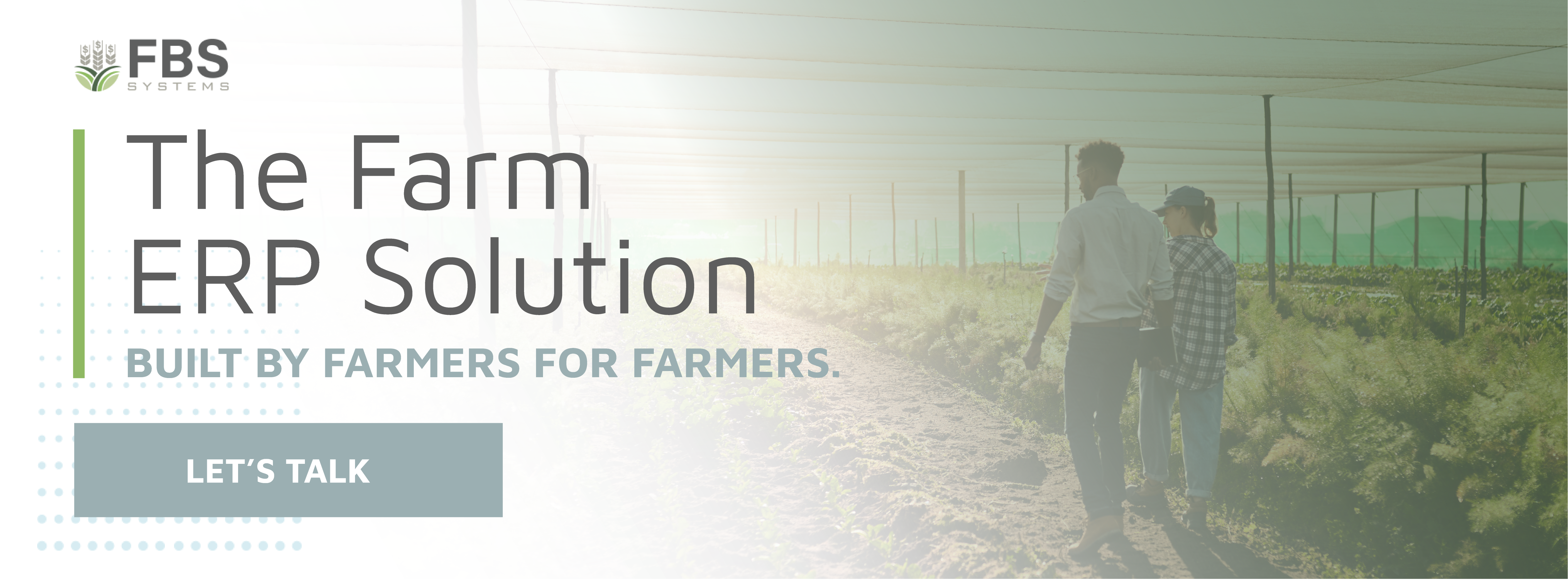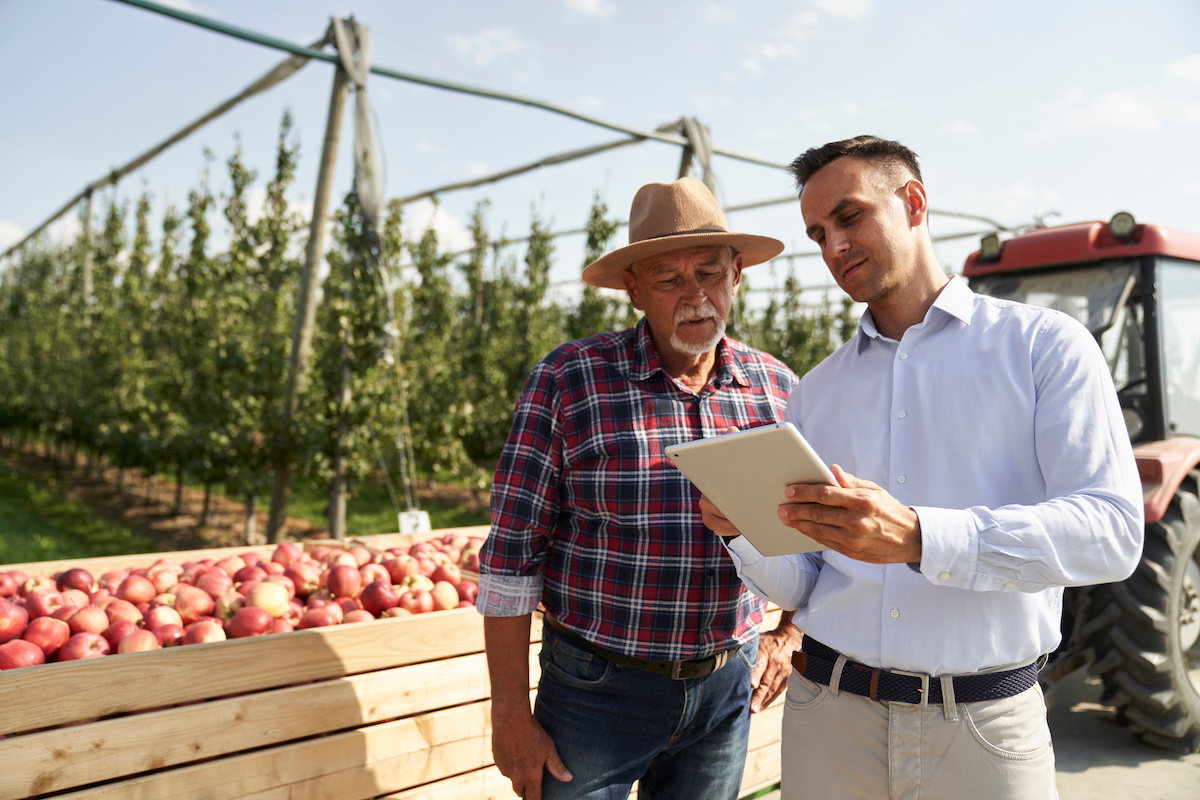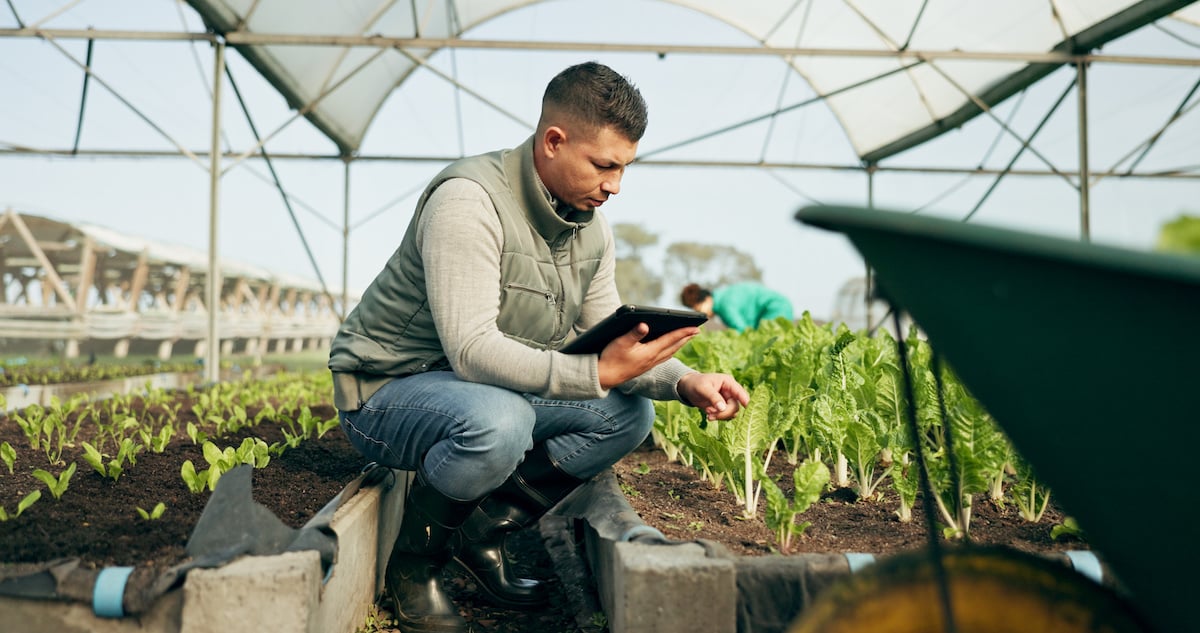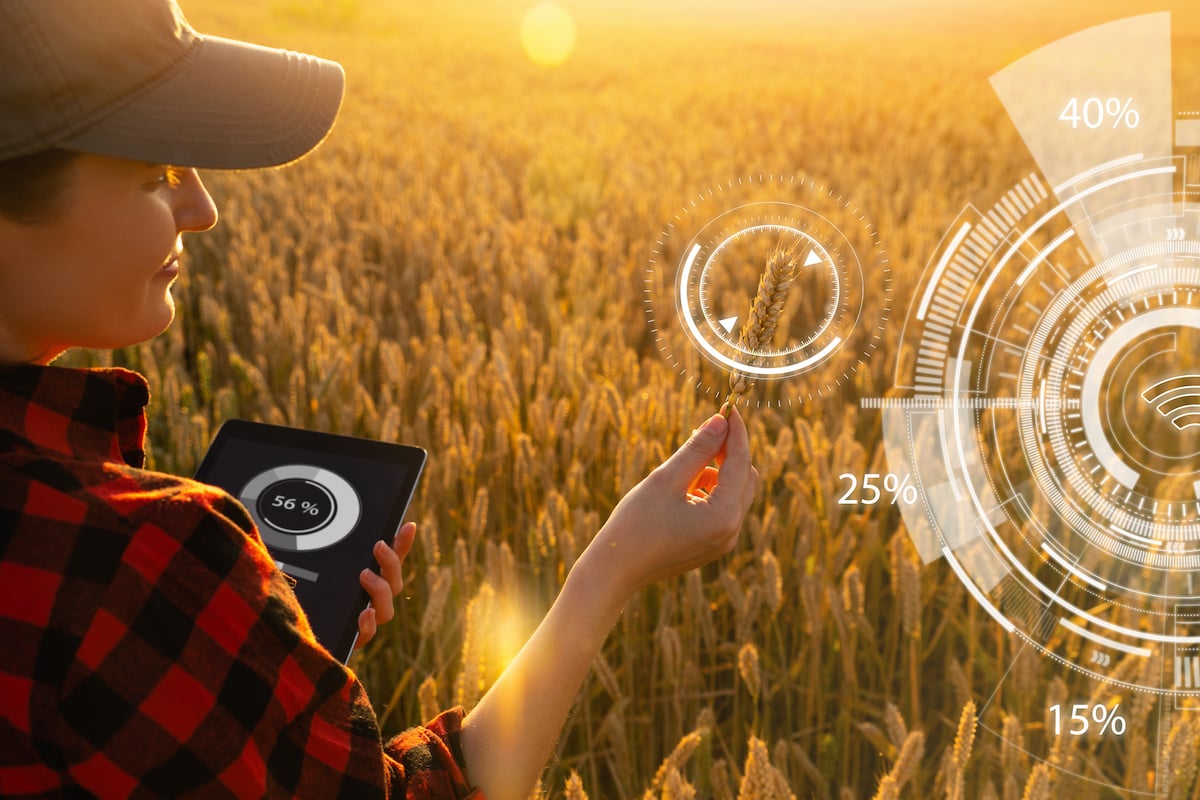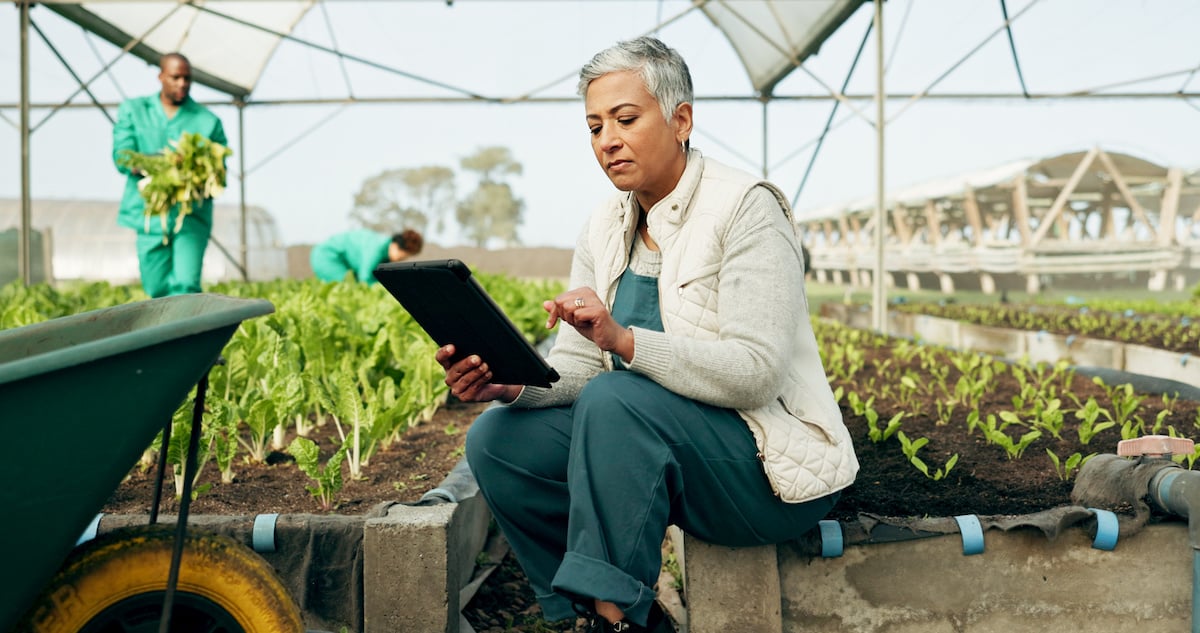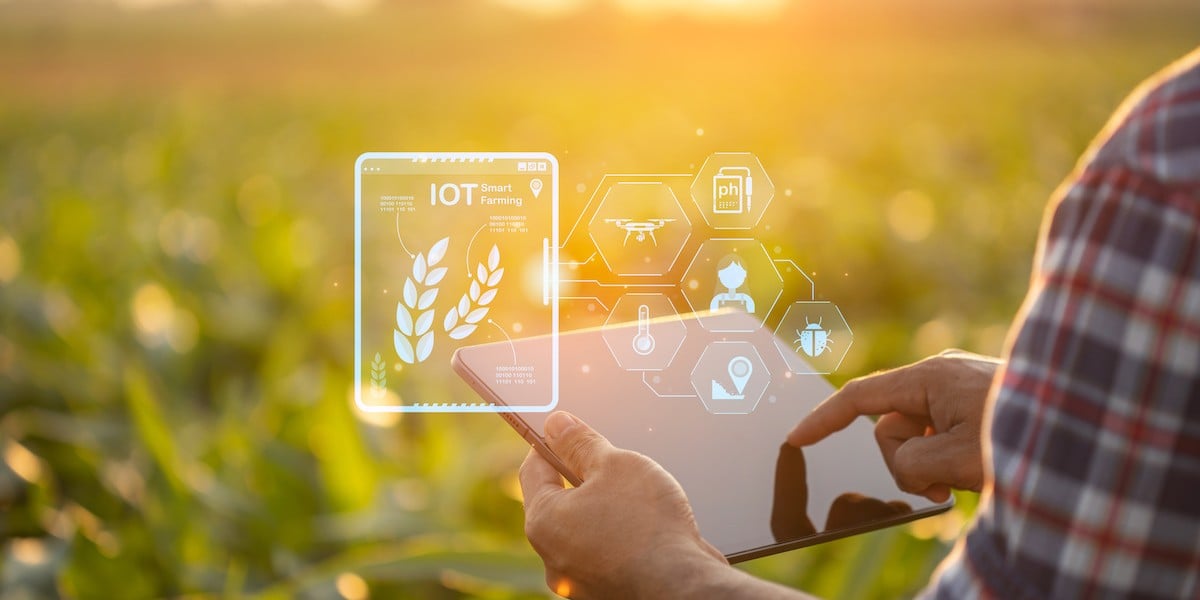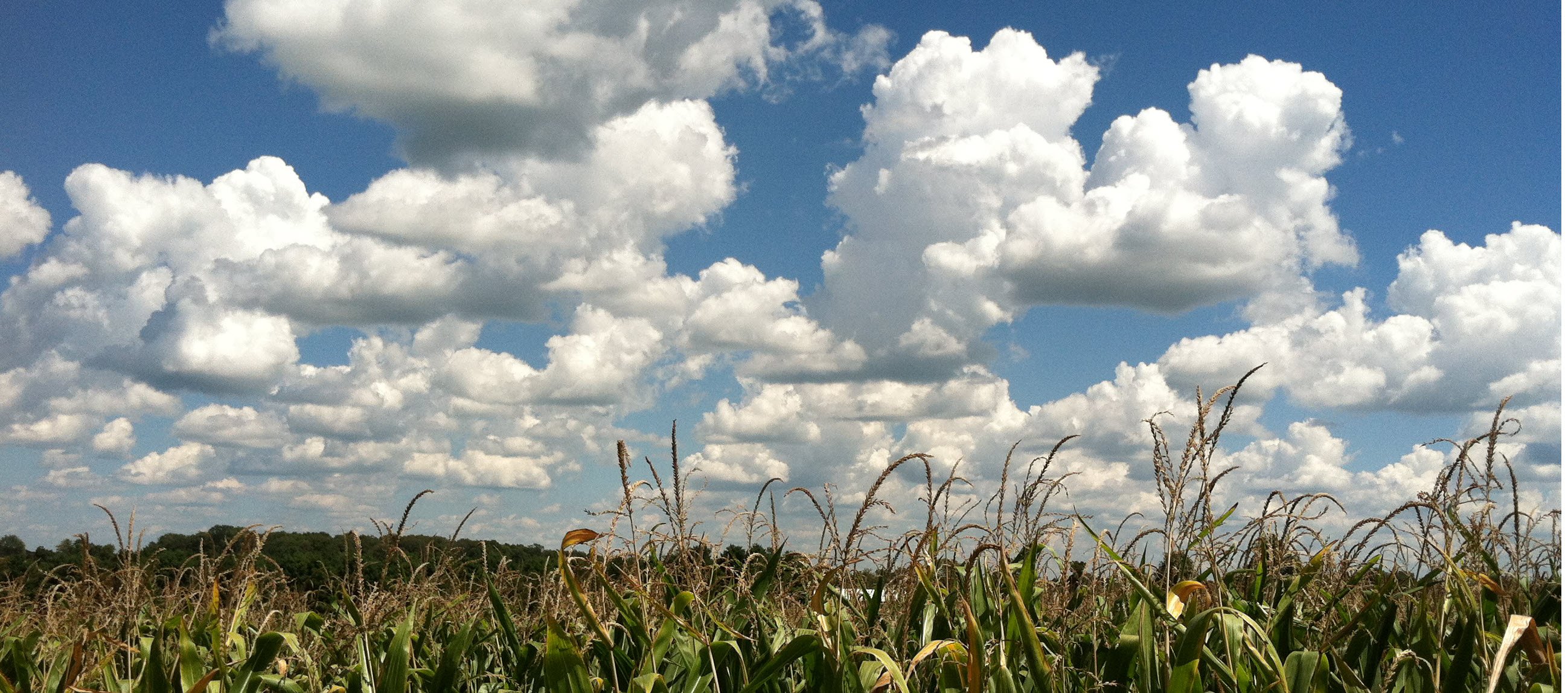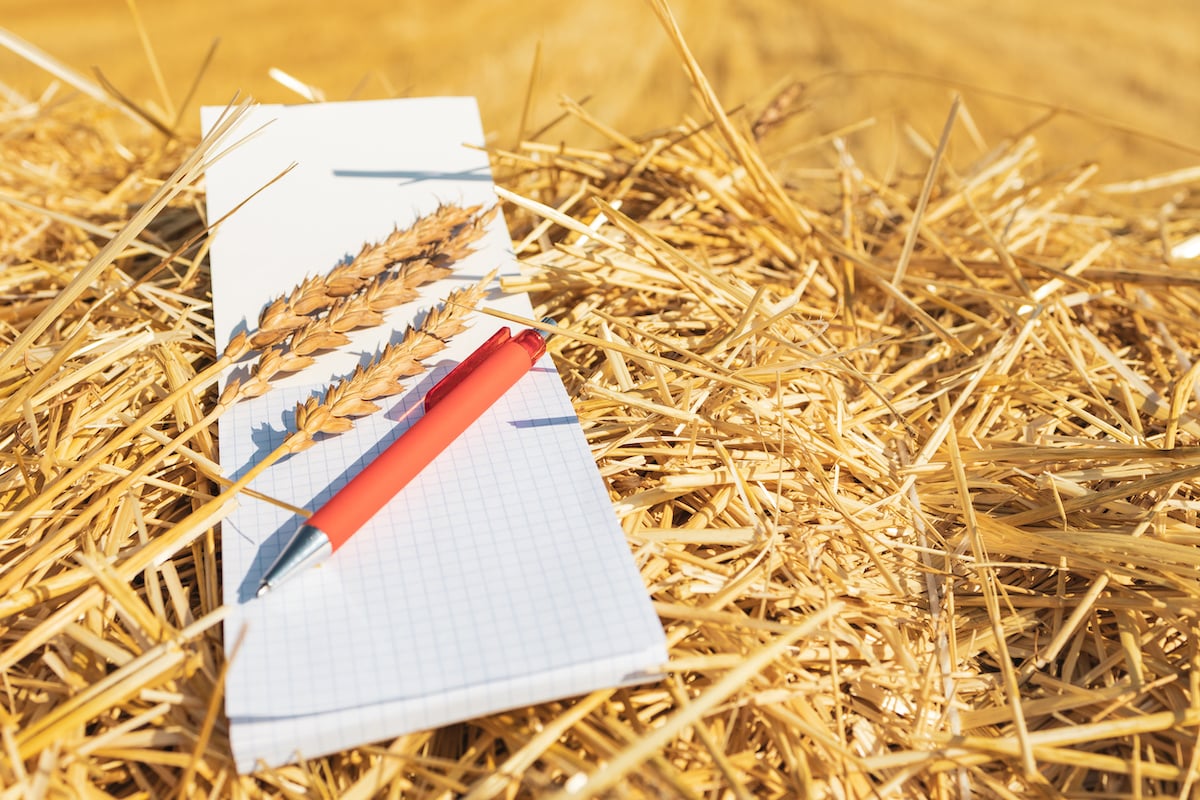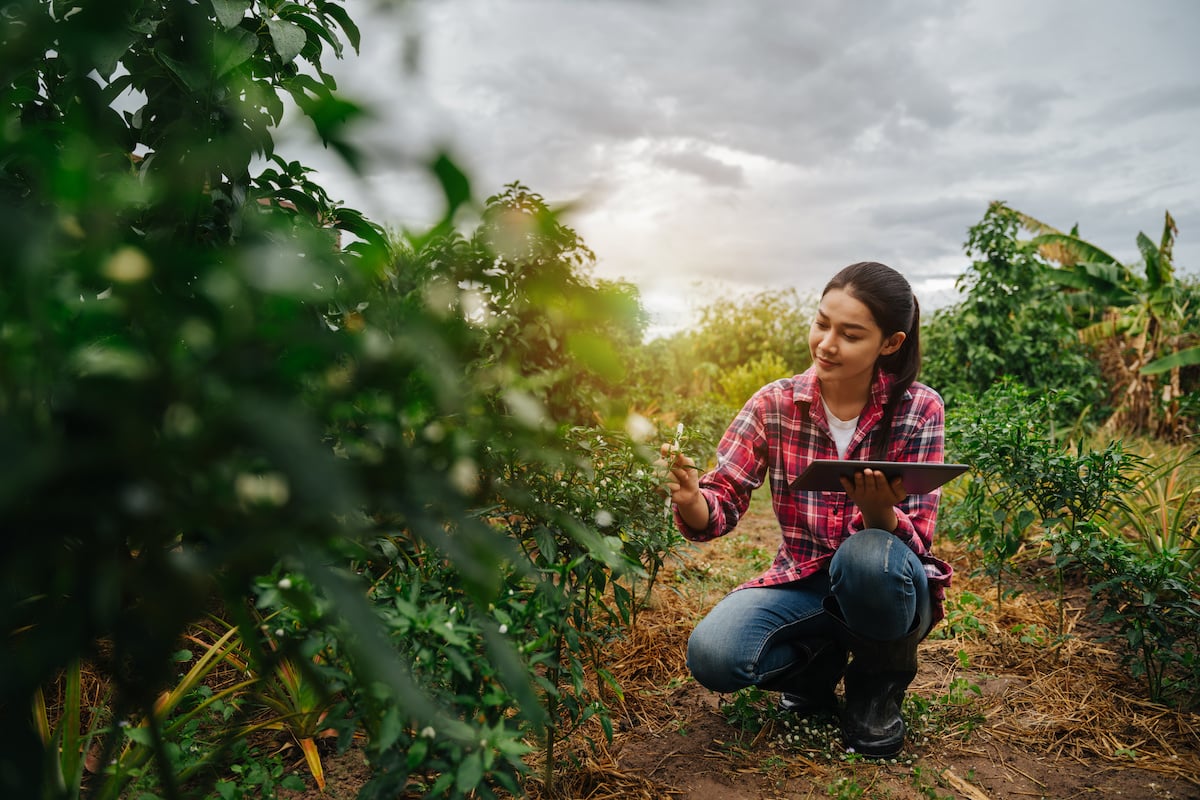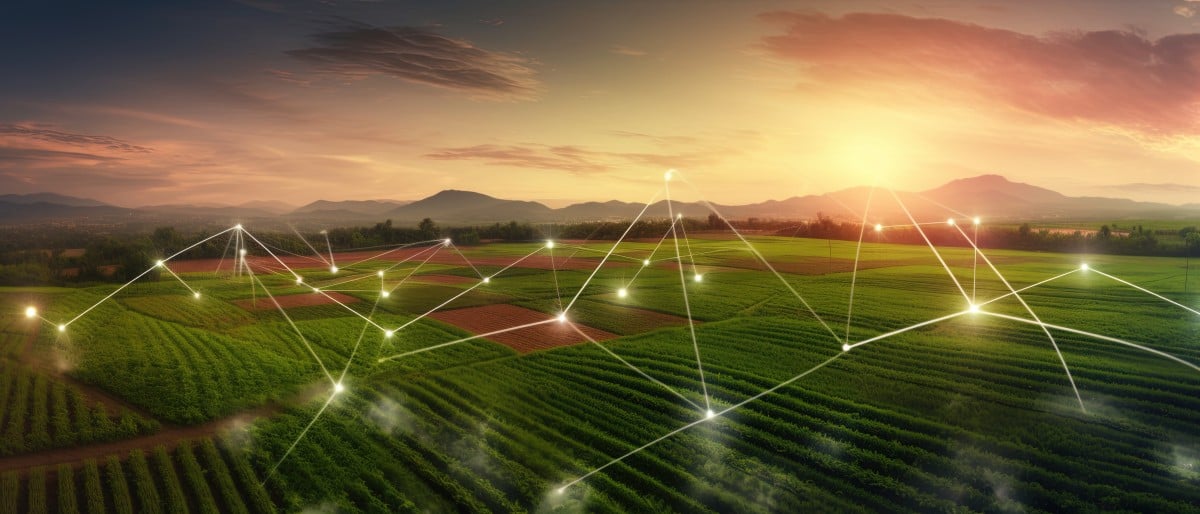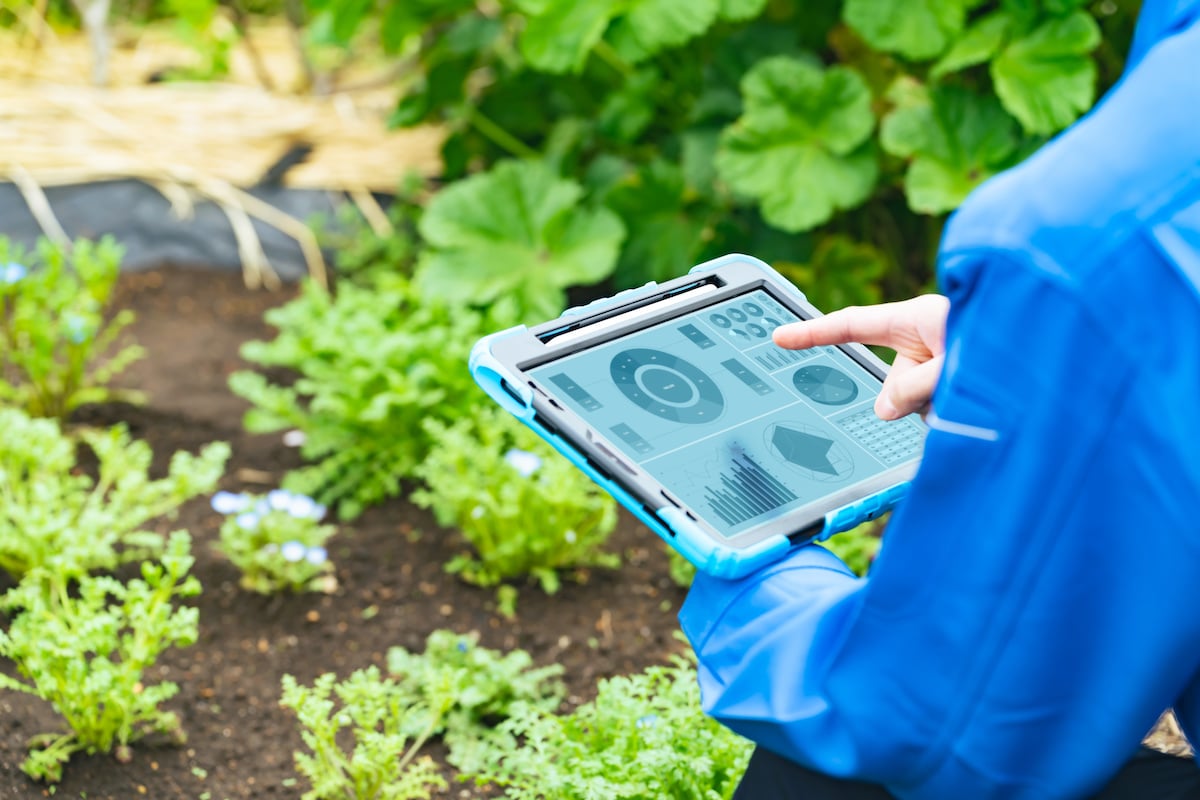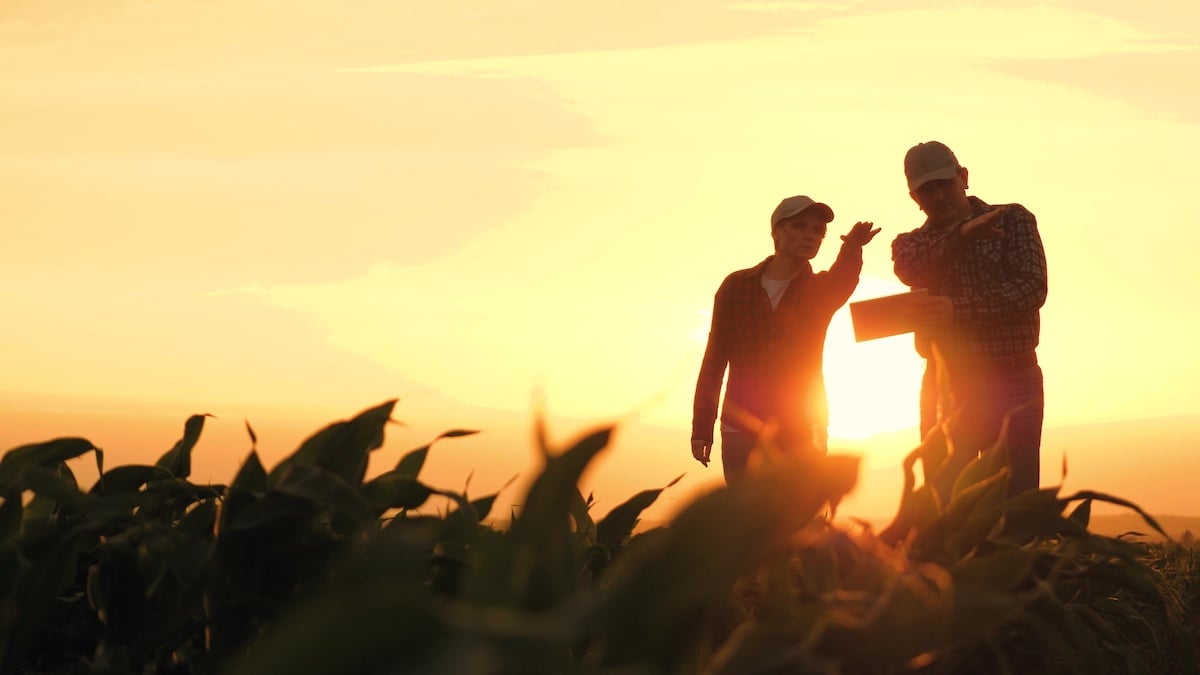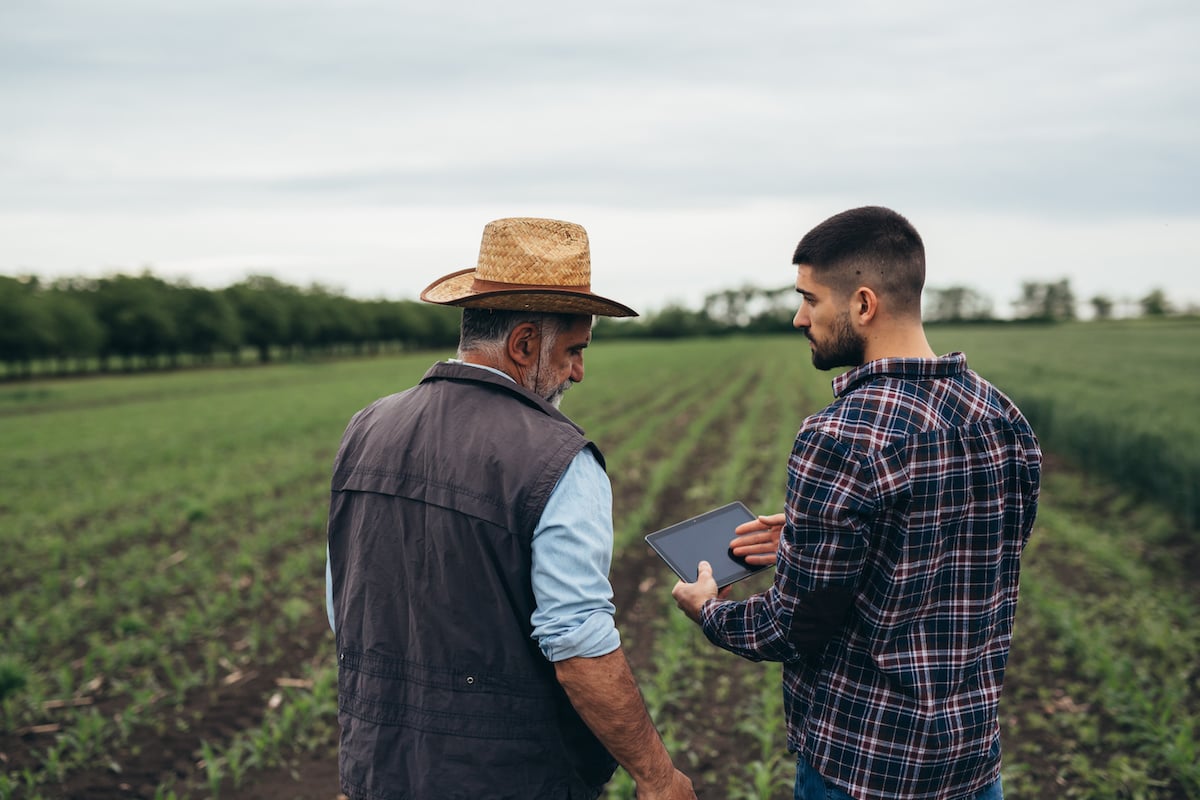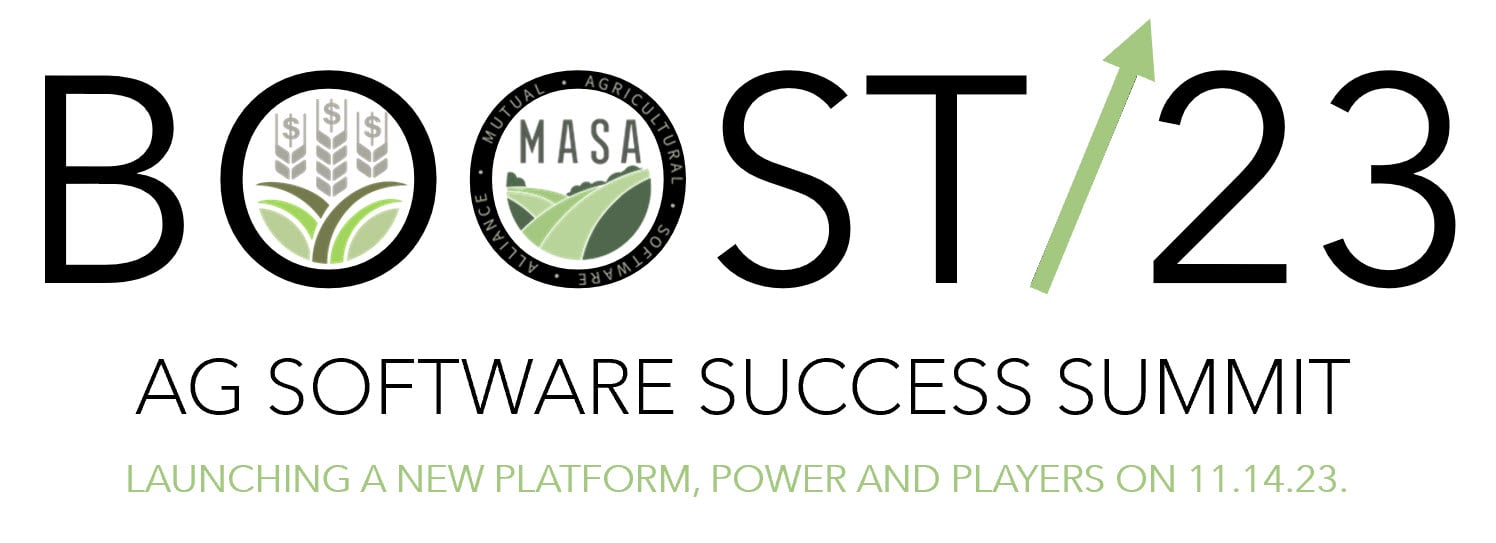To be a technology driven business, you need to explore new innovations as they emerge and, let’s face it, agriculture is, increasingly, dependent upon technology. For farmers, this includes the latest ag tech updates. In order to efficiently run a farm, these tools can ease many day-to-day processes and address common challenges, such as labor shortages and reporting struggles.
From crop and livestock tracking to inventory management, automation in farm tech is shifting the agricultural landscape. As farmers face more pressure to produce goods for growing populations, it’s important to find new avenues to stay ahead and meet consumer demands.
Quick Links
- What is Farm Automation?
- Tools for Autonomous Farming
- Implications of Farm Data Automation
- Automation Software for Farm Management and Accounting
What is Farm Automation?
Farming is no simple act. Not only are farmers responsible for acres and acres of land, but they also need to keep up with regular financial reports, vendor and staff management, as well as crop production. With so many components to keep track of, it might seem like any farm operation would be reliant on a village of staff members to keep everything running smoothly. Fortunately, advancements in farming technology means several of these processes can be automated for more efficient operations.
Smart farming practices make the most of automation tools. From new drones and in-field sensors to ERP software, there are a variety of ways to use technology to efficiently manage farms and ranches. Plus, these tools help to simplify data inputs and analysis so you can spend more time focusing on what the data means for your business, rather than manually gathering the information.
Tools for Autonomous Farming
In order to achieve automations on a farm, you’re going to need a few tools. In particular, incorporating Internet of Things (IoT) connections that allow in-field technologies to communicate with your software. Depending on what you are looking to achieve, some technologies might be more fitting than others. Here are a few ways you can incorporate these new tools into your business for autonomous farming.
Tractors
Maybe the idea of robots on farms is daunting, but take a moment to consider what they’re capable of. Autonomous farm tractors can complete the same work as manually operated tractors, but without the need for a driver. Instead, the tractors can be remotely controlled or pre-programmed to work in the field. With embedded sensors, they can also avoid any hazards or obstacles that are in their way.
Drones
Another piece of robotic equipment making an impact on large farms are drones. Offering an aerial view of fields, drones can give a new perspective to growers. Rather than manually searching crops for signs of crop failure or disease, drones can trace maps in a fraction of the time. Problem areas can be instantly identified so agronomists can quickly find solutions and allocate the proper resources.
Weather Stations
For precision agriculture, weather stations are important tools to predict weather patterns for centralized areas. Accurate temperature readings are vital for understanding growing stages. This type of farm tech, which now uses digital capabilities, can instantly send weather data to your farm software. By looking at your updated dashboards, you can accurately gauge how the weather may impact your crop production.
ERP Software
Once these automation tools collect data, what happens next? Enterprise resource planning (ERP) software tools can take the data and organize it into customizable dashboards and reports. Plus, with business intelligence (BI) integrations, you can gain a visual perspective on what the raw data means. Take weather data, for example. As the numbers come in, it might be hard to draw meaningful conclusions. Luckily, this data can be instantly reformatted into maps so you can see the information in a new light.
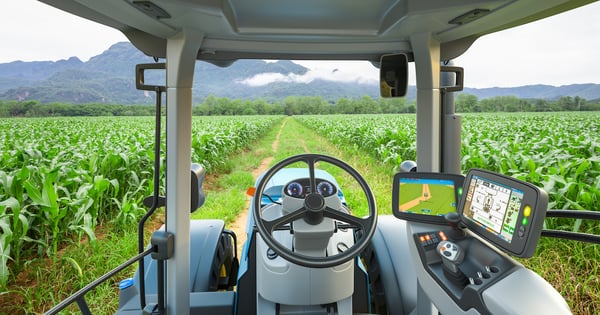
Implications of Farm Data Automation
When these tools are used regularly, you’ll notice patterns and trends emerging within the data. These trends show valuable insights about how your farm is performing across all information silos. Plus, when this data is automatically generated into easy to understand reports and visual dashboards, you’ll gain a whole new perspective of your business. While this is critical for boosting productivity, these tools can do more than just provide a status update. Let’s take a closer look.
Sustainability
Automated processes means more technology and less wasteful materials. For example, technologies that allow for precision applications of pesticides means that the chemicals will only be used where they are needed. This limits excess products seeping into local waterways and improves crop health.
Efficiency
As farmers face labor shortages, they’ll need to turn to other resources to help them harvest crops, tend to livestock, and manage customers. That’s the beauty of farm automations. Everyday tasks can be completed autonomously so farmers can better allocate their staff. While a staff member is working with livestock, ag tech will generate daily reports.
Speaking of report generation, advanced farm ERP tools can produce reports based on the data collected by other farm tech. Using drones, in-field detectors, and cloud friendly software, data that is collected can instantly be analyzed and turned into meaningful reports. Among these, farmers might be specifically interested in financial reports that align with the guidelines established by the Farm Financial Standards Council (FFSC), which stray from the generally accepted accounting principles (GAAP).
Informed Decision Making
As you gain a clearer view of your farm, you can use the data gathered to help you establish benchmarks and make more informed decisions as you move forward. IoT connected devices and artificial intelligence (AI) tools mean you can turn your data into actionable insights.
By leveraging AI, you can have your software analyze data or compile financial reports. The information learned here can then help you spot areas within your business that might need more attention. Without this knowledge, you might neglect certain focus areas that are holding your farm back, and you wouldn’t know about it. With these tools, you can uncover information that opens up new opportunities for you.
Automation Software for Farm Management and Accounting
Using ERP software and innovative technology, farmers can automate processes to promote a more productive business. While agriculture is a complex "manufacturing" business that's usually taxed on a cash basis and administered by non-accountants, most of the specialized transactions and adjustments can be generated automatically by software. Here are some examples:
- Simultaneous cash and accrual records: Accrual accounts payable and receivable entries can be converted into cash transactions by moving them to the period in which they are paid or received.
- Activity-based costing: Equipment and labor activity costs can be allocated to their cost objects (crop projects and groups of animals) based on "cost drivers" associated with those activities.
- Work in process (WIP) and inventory adjustments: Direct expenses and allocated activity-based costs can be rolled in and out of inventories as they are produced and sold.
- Flow-through stage costs: Costs can automatically be "pushed" between production stages (field production to crop marketing and breeding herd to nursery to finishing stages).
Partnering with the Mutual Agricultural Software Alliance (MASA), FBS Systems is bringing advanced integrated ERP solutions to farmers all over the country. With integrated technology, you can make the most out of multiple tools on a single, easy to use platform. To learn more about farm ERP software from FBS, reach out to our team today!


